HS IT
It’s that time of year again! Between December 3-9, SIS will join the global movement to celebrate the CSEdWeek(Computer Science Education Week) by hosting the Hour of Code event at our school. Hour of Code is a global movement in over 180 countries and is a quick way to introduce coding to students. Students from grades 6-12 will attend a special assembly and hear the story behind local technology startup – traveloka. Traveloka is an Indonesian unicorn company established in 2012 to provides airline ticketing and hotel booking services online with the focus on domestic travel. During the hour of code event all students from Grade 1 to 12 will get the opportunity to write code and learn more – and ultimately get excited – about computer science.
You may agree that computer science skills are vastly becoming some of the most in-demand skills of the twenty-first century. In fact, some call it a new “superpower” However, there are a number of common misconceptions regarding “computer science”.
Misconception: Computer science isn’t a discipline like math or science.
Computer science can be integrated into other STEM and non-STEM subject areas, but it is also its own discipline.
Misconception: Computer science means learning about how to use computers (e.g., use of the keyboard and mouse, special function keys, locating and saving files).
Computer science is not about how to use components of computers or how to save files; it’s about creating new technologies to solve problems by combining human ideas and digital tools. Computer science is not the same as Computer literacy. Essentially, computer literacy is the ability to navigate and use modern computers. In contrast, computer science is a discipline that involves creating or adapting technology rather than simply using it. Further, computer science is not the same as computer applications. Computer applications, like Microsoft Office, Photoshop, AutoCAD, or mobile phone apps are all built from computer code that enables the user to accomplish particular tasks. While being able to use applications is an important skill, it is not “computer science.”
MS Science
 The 8th Graders have been investigating how the concentration of a substance affects its rate of diffusion. In this activity, students put potato cubes in three beakers containing different concentrations of iodine solution for 30 minutes. The potato cubes were removed using forceps, cut in half, and a metric ruler used to determine the distance that the solution has diffused into each potato cube.
The 8th Graders have been investigating how the concentration of a substance affects its rate of diffusion. In this activity, students put potato cubes in three beakers containing different concentrations of iodine solution for 30 minutes. The potato cubes were removed using forceps, cut in half, and a metric ruler used to determine the distance that the solution has diffused into each potato cube.
 The 7th grade students are reaching the end of their semester of Chemistry. They began the unit examining matter and changes of state and then moved on to analyzing the periodic table and recognizing periodic trends. They used this knowledge to determine the properties of individual atoms and ions and are now putting everything together as they combine atoms in different types of chemical reactions.
The 7th grade students are reaching the end of their semester of Chemistry. They began the unit examining matter and changes of state and then moved on to analyzing the periodic table and recognizing periodic trends. They used this knowledge to determine the properties of individual atoms and ions and are now putting everything together as they combine atoms in different types of chemical reactions.
 The 6th Grade students have been investigating the effect that soils have on the growth and health of bean plants. In this activity, students planted bean seeds in different growing materials (sand, loamy soil, gravel, and clay) and observed the plants’ growth over a period of two weeks. Students collected and recorded data about plant growth, including height, number of leaves, leaf width and length, color, and general health.
The 6th Grade students have been investigating the effect that soils have on the growth and health of bean plants. In this activity, students planted bean seeds in different growing materials (sand, loamy soil, gravel, and clay) and observed the plants’ growth over a period of two weeks. Students collected and recorded data about plant growth, including height, number of leaves, leaf width and length, color, and general health.









